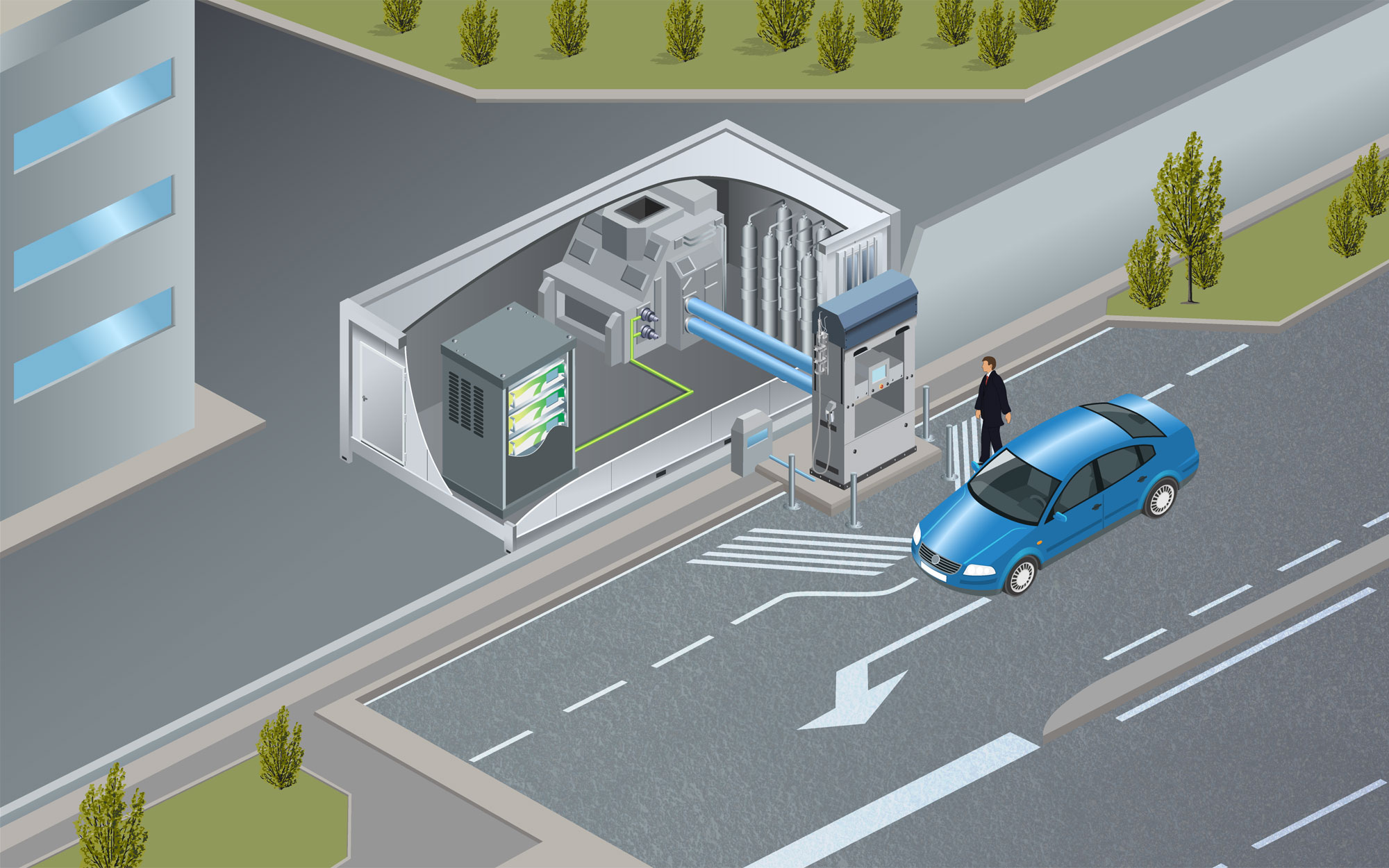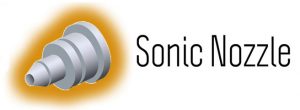You are here
Why do you need to control impurities in hydrogen?
In a time when the world is looking for cleaner sources of energy, hydrogen is seen by many as an interesting alternative for cars, trains, etc.
The fast evolution of the hydrogen sector brings industrials to find new solutions to control the purity of hydrogen.
Quality of hydrogen is critical to insure that impurities does not affect the lifetime of fuel cells, engines, turbines. Gas such as sulfur and halogenated compounds can be problematic.
Technologies
ProCeas® hydrogen purity analyzer technology
The ProCeas® uses the patented OFCEAS technology, based on extractive absorption spectroscopy. This laser based technology is able measure gases down to sub-ppb levels of concentration, with an unforeseen quality of measurement in term of accuracy and repeatability.
The ProCeas® samples the gas at low pressure, with an internal pressure below 100 mbar absolute. This dilution reduces the volume needed to get a correct measurement, and optimizes the response time of the analyzer. In the end the system requires really small samples of hydrogen.
Finally, ProCeas® has an integrated auto calibration of the measurement system, allowing no drift under normal use of the instrument. ProCeas® is able to analyze a large range of impurities with limited service and maintenance costs.
Key features
Installation




Analytical specifications
What are the recommendations for maximum content of impurities?
ISO 14687 : 2019 specifies the critical impurities and maximum levels to be detected in hydrogen D Grade for fuel cell mobility (PEM) :
| ANALYTICAL SPECIFICATIONS | |
|---|---|
| Component | ISO 14687 : 2019 limits (ppm) |
| H2O | 5 |
| Total Hydrocarbons except CH4 | 2 |
| CH4 | 100 |
| O2 | 5 |
| He / N2 / Ar | 300 |
| CO2 | 2 |
| CO | 0,2 |
| Total sulfur compounds mainly H2S | 0,004 |
| Formaldehyde (HCHO) | 0,2 |
| HCOOH | 0,2 |
| NH3 | 0,1 |
| Total Halogenated compounds mainly HCL | 0,05 |
ProCeas® Hydrogen purity
Is a complete pre-calibrated multicomponent (H2S, CO, CO2, CH4, H2O, O2, NH3, H2O, HCHO, etc.) laser infrared spectrometer for measurements of impurities in hydrogen.
| ANALYTICAL SPECIFICATIONS | ||
|---|---|---|
| Component | ISO 14687 : 2019 Limits (ppm) | LOD ProCeas® (ppm) |
| H2O | 5 | 0,01 |
| CH4 | 100 | 0,001 |
| O2 | 5 | 0,1 |
| CO2 | 2 | 0,02 |
| CO | 0,2 | 0,001 |
| H2S | 0,004 | 0,001 |
| COS | 0,004 | 0,001 |
| HCHO | 0,2 | 0,001 |
| HCOOH | 0,2 | 0,01 |
| NH3 | 0,1 | 0,001 |
| HCL | 0,05 | 0,001 |
a limit of detection 3 Sigma
The European MetroHyve project studied all the technologies available for measuring these impurities. The best analytical solution was found to be a combination of OFCEAS and GC. The scientific study is available here.
The SGS laboratory in Harfleur measures impurities in hydrogen
with ProCeas® gas analyzer – Read the customer testimonial

